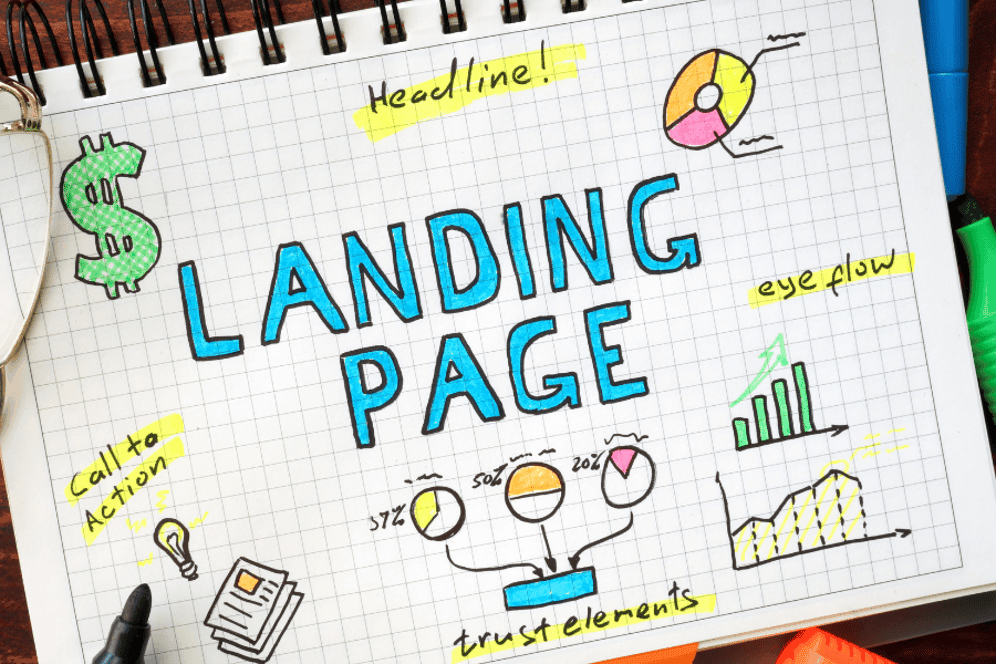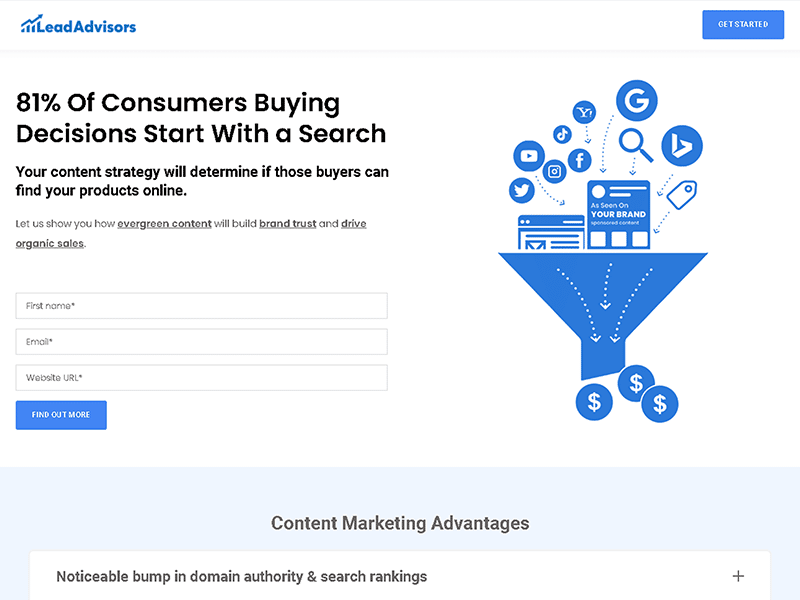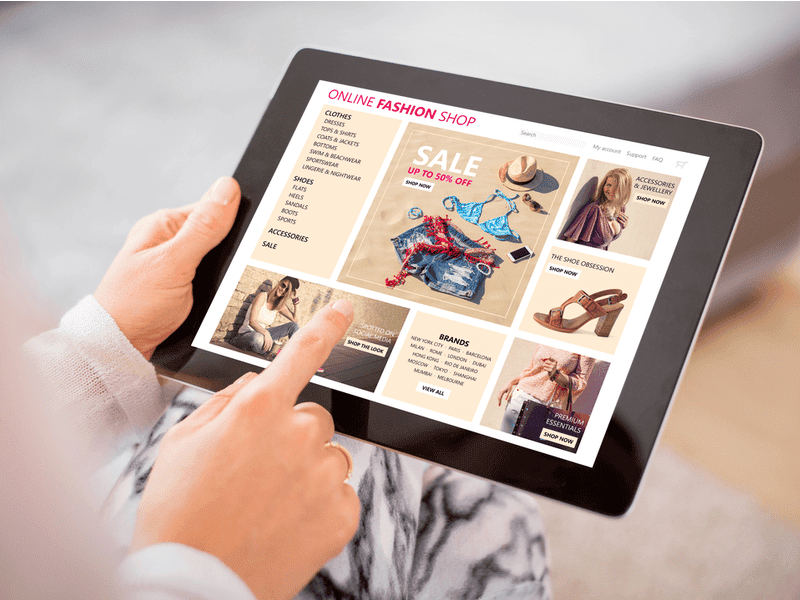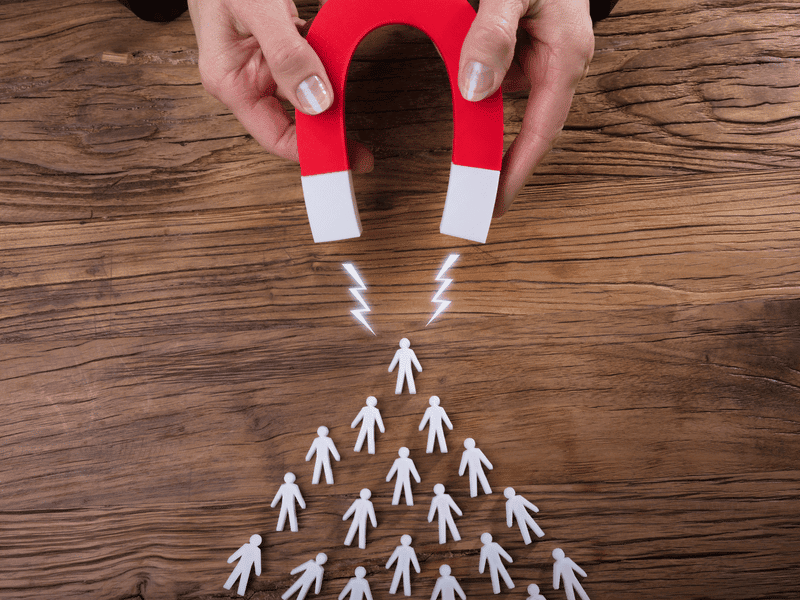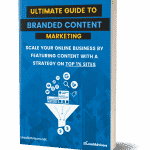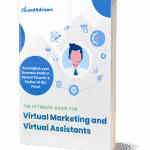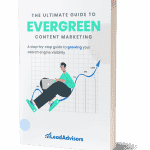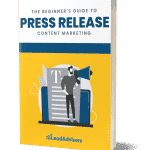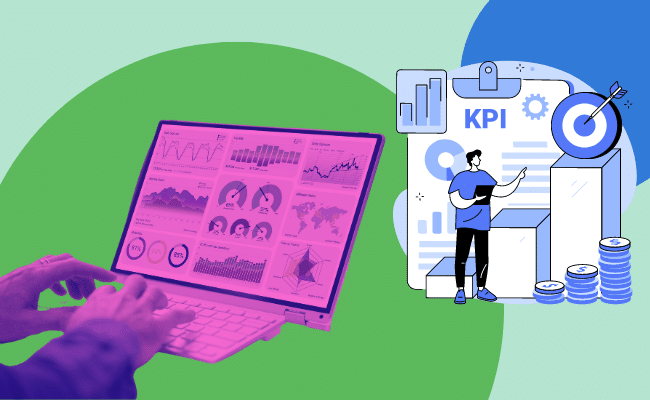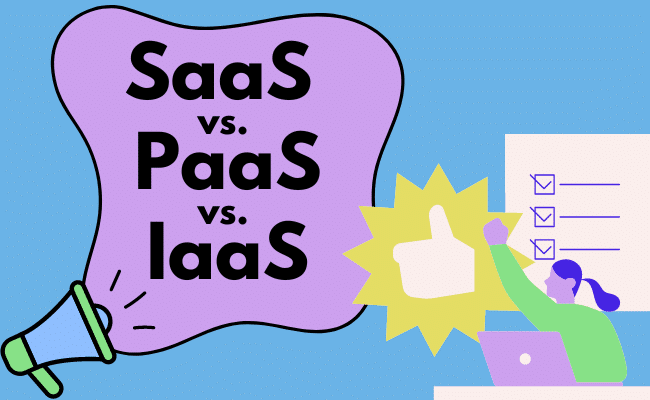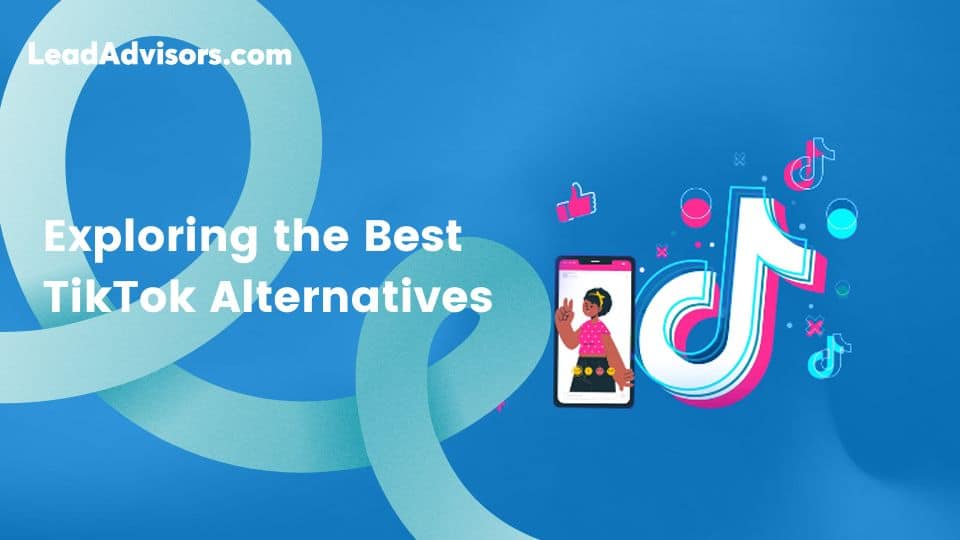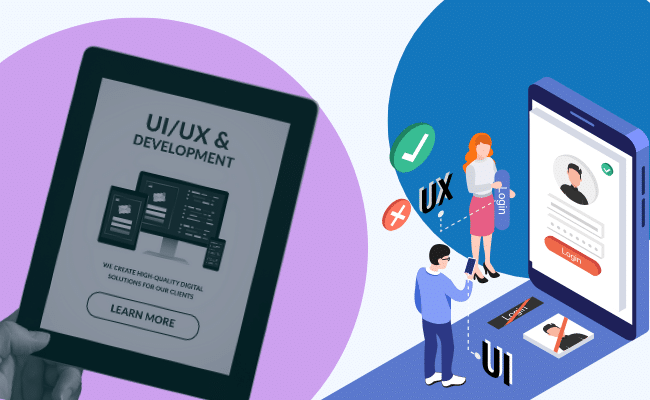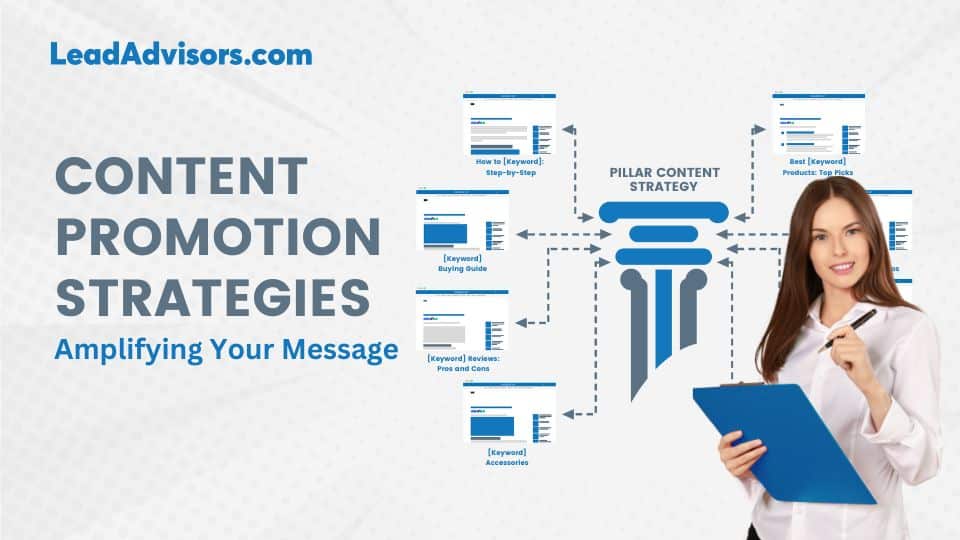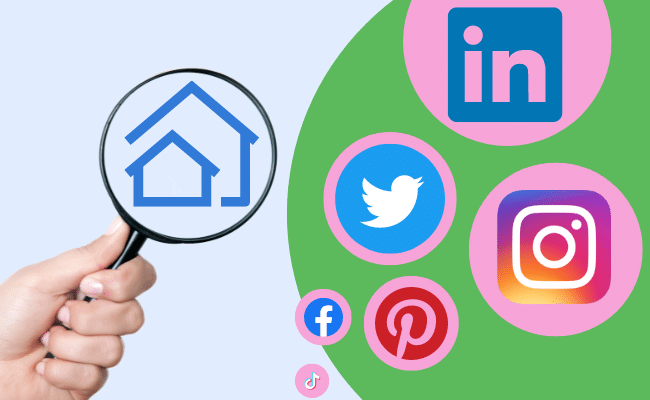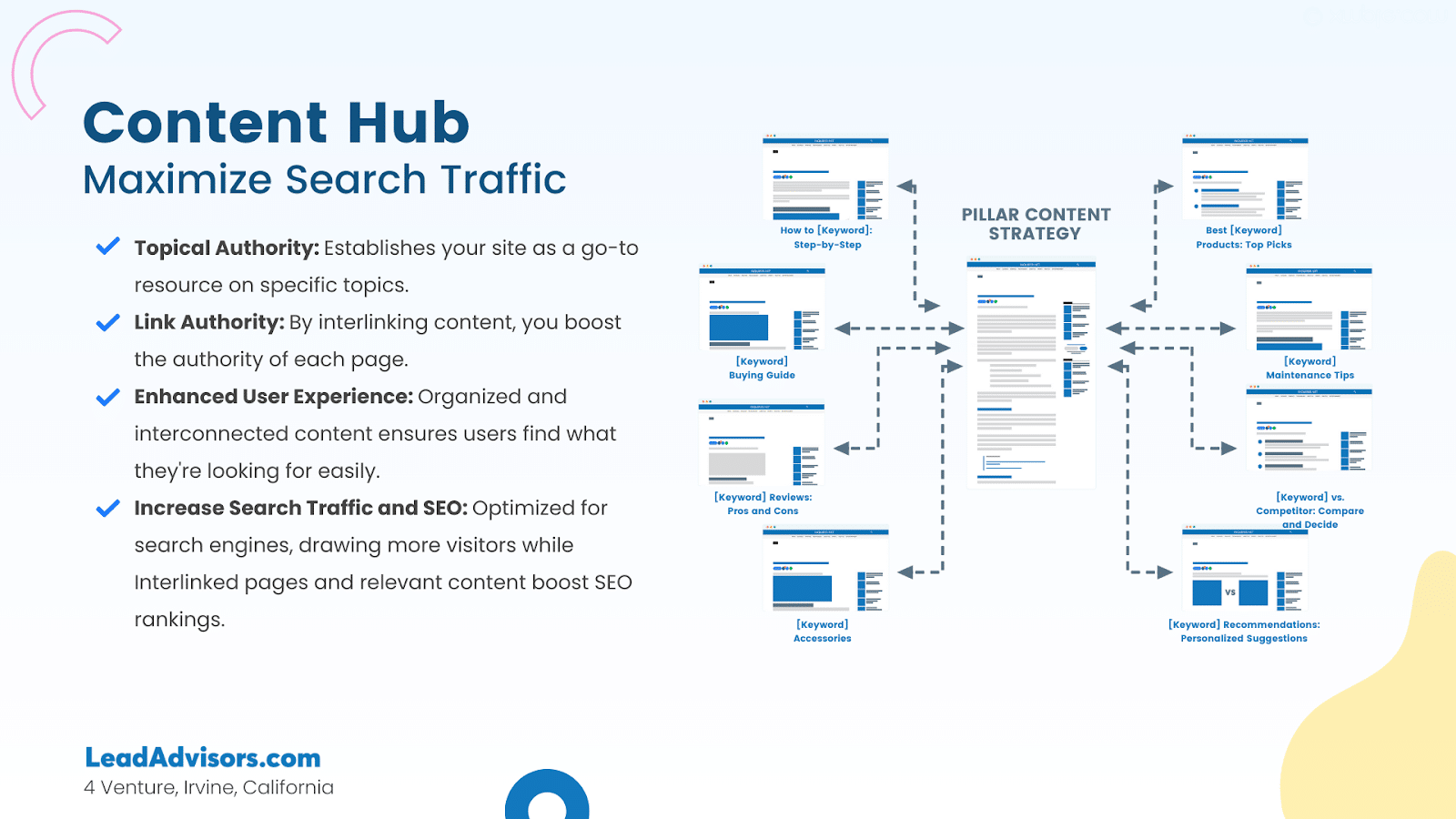Do you want to optimize your landing pages? If you have never heard of a “landing page” before, you are likely a newbie in online marketing.
Sometimes, there is confusion between landing page content and other web pages. To distinguish between these web pages more clearly, you must understand the differences between organic and paid search traffic.
Regarding digital marketing, a landing page form is a single web page designed solely to perform a marketing campaign.
On a landing page, visitors land once they click on a directory, such as Google AdWords, on search result pages or similar pages.
The makeup or design of a landing page SEO is quite simple. This puts landing pages in the best position to increase the conversion rate for Google AdWord campaigns.
There are seven types of landing pages you can utilize on your site. Each one comes with benefits for your website.
Need more traffic? Start with a free content strategy audit.
Types of Landing Pages
404 landing pages
People see these pages when they come across a page on your site that no longer exists. These pages can frustrate consumers, but they allow you to have fun and show your brand’s personality.
Microsites
Microsites are subsets to your original site, like a little mini website (hence the name). These are good for different online marketing campaigns you want to broadcast. They come with their URLs, which make sharing them and the campaign they’re marketing pretty easy to share. Think of movie trailer sites as an example.
Unsubscribe page
This landing page is the dreaded page that allows customers to unsubscribe. This doesn’t have to be the spooky ghost in your site’s closet, as you can use this page as an opportunity. With this landing page, you can remind your customers of all the good they’ve gotten out of your business and allow them to manage preferences and review your site again.
Viral landing page
Viral landing pages are a helpful tool to bring in more people than your target audience. Created to broadcast your brand, this page brings in potential customers.
Lead Capture Landing page
This landing page is more on the technical side. Unlike other landing pages designed to capture leads and direct current customers, the lead capture page is where visitor data is asked for. Do you know when you sign up with LeadAdvisors and are prompted to give your name and email? That’s a landing page. (this is big)
Long-form sales landing page
This page is a little different than the rest because of how long it can be. On the sales landing page, you answer your target audience’s questions and give any information that could smooth their journey from a potential lead to a buying customer.
Click-through landing page
The most basic out of the lot, the click-through page, gives visitors all the info they need about your product or service. This is predominately used for the beginning of the sales conversion funnel.
Don’t know what the funnel is? Let’s work on that.
Related Article: Optimize Social Media for Lead Generation
The Sales Conversion Funnel
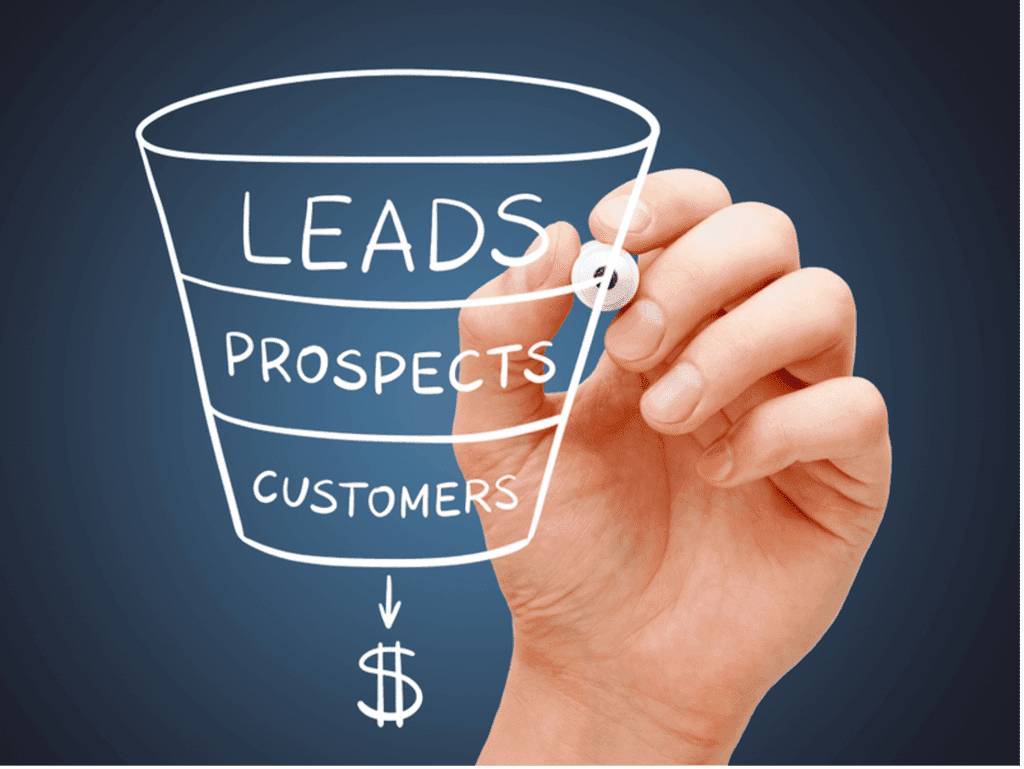
The sales funnel comprises three major parts, each one vital to the success of your business: Awareness, Interest, and Decision/Action. Each one is crucial to getting customers. Landing pages are a great tool used to move your would-be customer along.
Read More: Anatomy of an Effective Content Production Process
Awareness
This is the beginning of the funnel. At this point, you’re trying to catch the eyes of your lead through your content or ad. At this point, you’re trying to throw your net out and see any visitor you can. Remember the click-through landing page? This would be its time to shine.
Interest
Now you have the visitor’s interest. Great! This is when you inform them of their problem and viable solutions. You want to approach the lead as someone with authoritative knowledge of their situation and its solution.
Decision/Action
Now that the visitor has all the facts, you reel them in. Could you talk about how your product or service is the best solution to the issue and where they can find it? This is where the visitor makes the ultimate jump to the actual customer. At this funnel stage, use a call to action (CTA) to direct the customer on what to do next.
You May Also Like: 7 Best Lead Generation Tools For Better Sponsored Content
How Can a Landing Page Lead to Successful Sales
The best landing pages are great at converting visitors to customers who listen to your CTA. Each type of landing page can increase conversions and push viewers along the funnel.
Read More: SEO Strategy: Link Building for Pillar Content and Branded Content
When to Use A Landing Page:
There are different reasons to use a landing page, though they can all be consolidated into three major categories.
When you’re trying to reach a target audience
Dedicated landing pages, also known as targeted landing pages, are great ways to reach your target audience. Most landing page types mentioned can be written with a target audience in mind.
Promotion
You can use landing pages to promote many things for your business, from a free ebook or your newsletter to a new product or service.
User Experience
You want to ensure visitors have a great experience perusing your brand’s site. That includes your landing pages. A great landing page experience can help leads understand your products, learn more about your services, and stay updated on different offers.
Related Article: Guest Blog Lead Generation Strategies
Why is My Landing Page Not Converting?
The point of landing pages is to convert visitors. A perfect landing page has a high conversion rate, bringing more people to your brand.
But what happens if the page isn’t doing its job?
This can happen for several reasons, though some are more common. If you’re not getting the conversion rates you want, your problem could be one of these issues:
Poor Design
Let’s face it: we weren’t meant to be web designers. That’s why many people call professionals. The design of your landing page may be off or counterintuitive. Ensure your landing page is also usable on mobile devices for users.
Visitors Can’t Identify CTAs
CTAs result from your landing page’s efforts in reeling in that visitor. If visitors can’t figure out what to do next, there’s a big problem.
No Good Headlines
While a landing page is usually kept simple, your headline shouldn’t be. You lose more conversions than you get without a good headline to tell visitors where they are on your site.
You May Also Like: Lucrative SaaS Content Writing For Marketing in 10 Easy Steps
Landing Pages and Paid Search Traffic
Whenever you hear about landing pages, consider that they are designed for paid search traffic, such as the paid search ad Google Adwords and other related platforms, being the foremost web search engine. This is the direct opposite of organic traffic generated by a programmed algorithm on web browsers. Owners of web space use it to increase conversion.
There are four components on a Google search result page. They are:
- Paid search results (Google AdWords)
- Google featured snippet
- Organic search results
- Paid search results (Google shopping ads)
Paid search results such as Google AdWords and Google shopping ads are designed so that the advertisers can dictate to the web browser where the link takes users. This way, you could direct them to any home page you choose.
Paying attention to essential landing page elements is vital to its visibility. Let us see some aids for optimizing your search engine landing pages.
You May Also Like: Small Business SEO Guide for 2023
What is Landing Page Optimization (LPO)?
LPO essentially improves aspects of on-page elements. A subsection of conversion rate optimization (CRO) ensures your landing pages bring you excellent leads. You can use landing page optimization tools and analytics to have high-converting landing pages.
A/B Testing
A/B testing is when you use two versions of a land page and present them to your website visitors to determine which makes the most impact.
Optimizing landing pages ensures that your landing pages and website work well with your sales funnel, bringing a high conversion rate to your site.
Search Engine Optimization
Another key component of landing page design is search engine optimization or SEO. Optimizing landing page elements for SEO ensures that your landing pages are visible to website visitors looking for them. This requires keyword research and using those keywords connected to your user base tracked by web analytics software like Google Analytics.
By ensuring your landing pages utilize SEO, more potential customers will see your page, allowing you to establish credibility and bring in more paying customers.
Read More: Top 11 SEO Best Practices for Mobile in 2023
7 Optimization Tips for a Good Landing Page
1. Be Familiar with Your Keywords
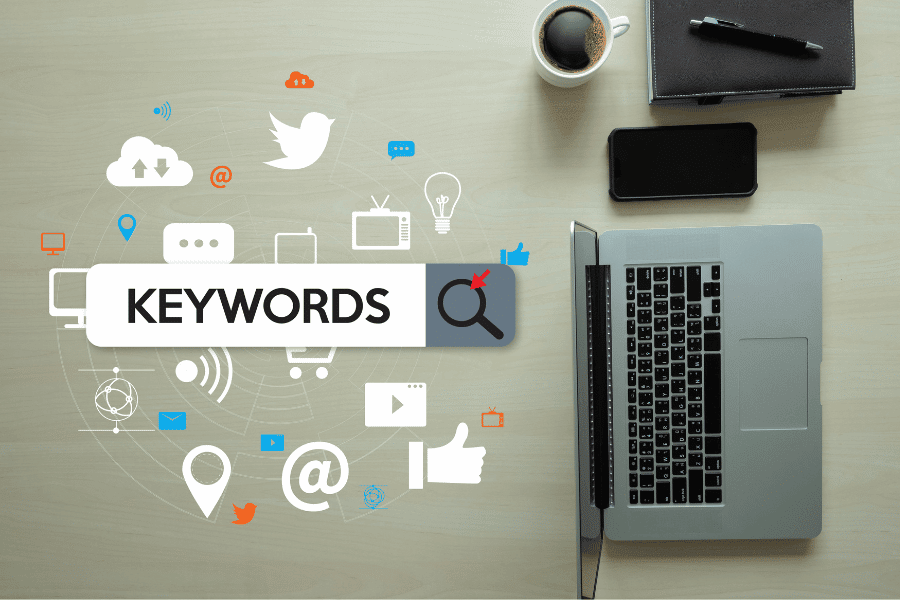
When we talk about keywords, we mean single words like “advertising” or hyphenated words like “digital marketing.” That is why it is essential to be careful when choosing keywords for your landing page to be specific yet encompassing.
An excellent way to understand how your choice of keywords will work is to put yourself in the searcher’s position. To do this, make a list of keywords you intend to use and run a search on the web browser to see if the results fall in line or are related to the content of your landing page. Then, you can be sure to be on your path to having an effectively optimized landing page.
Related Article: How to Succeed with an Evergreen Content Marketing Strategy
2. Make Use of Impressive Title Tags

In this case, you will agree that the first impression is critical to the success of your title tags. To this end, ensure that they are punchy and short enough. Make sure you don’t go past 65 characters.
You May Also Like: Best Techniques to Execute a Strong Off-page SEO Strategy
3. Make Use of META Descriptions as an Indicator
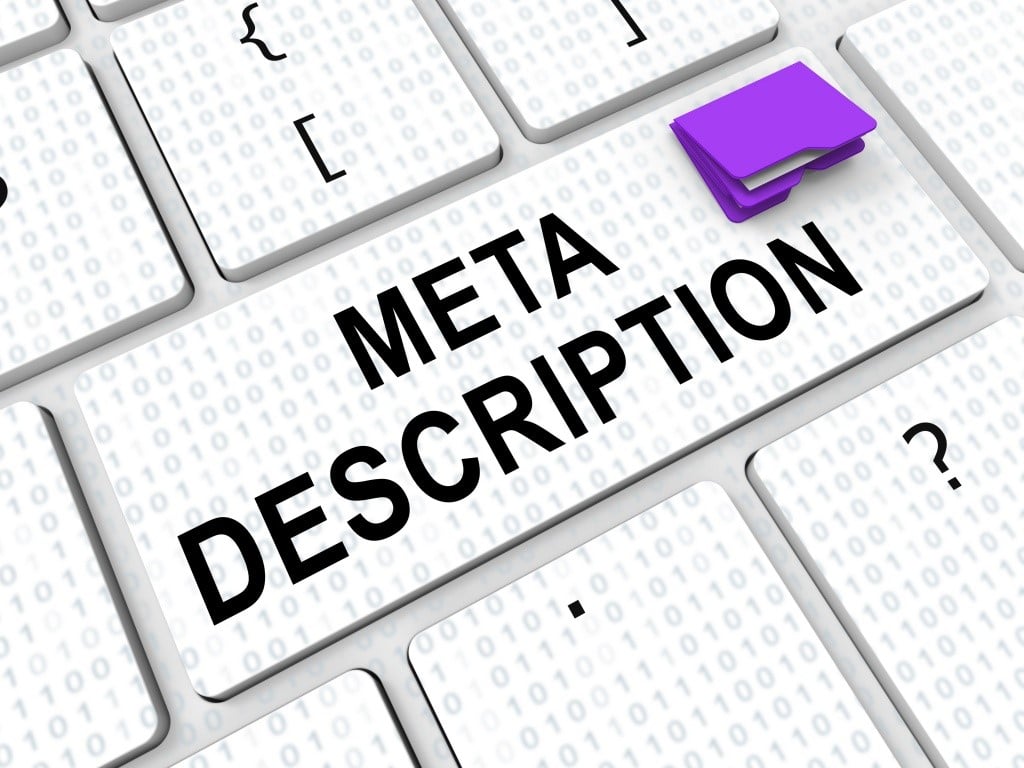
At times, search engines might choose not to display your META. However, paying attention to it as a well-written META description is still best, making it a message-matching indicator. That way, it will draw users’ attention when search engines decide to reflect on the search result page.
4. Fine-Tune your URL

Your URL might look like just an identity for your landing page. However, it might mean much more to your web browser. To this end, never forget to be choosy when picking words for your URL.
While positioning your page within the search engine, you need to consider the users who might want to use the URL details. While you must use relevant keywords, it is also vital that your URL is not packed with long words. Using a short URL, you will be helping users who want to copy from one device to another, especially when the network is a constraint.
Read More: Pillar Content vs. Cluster Content: Content Strategy Success
5. Make your Headlines Catchy
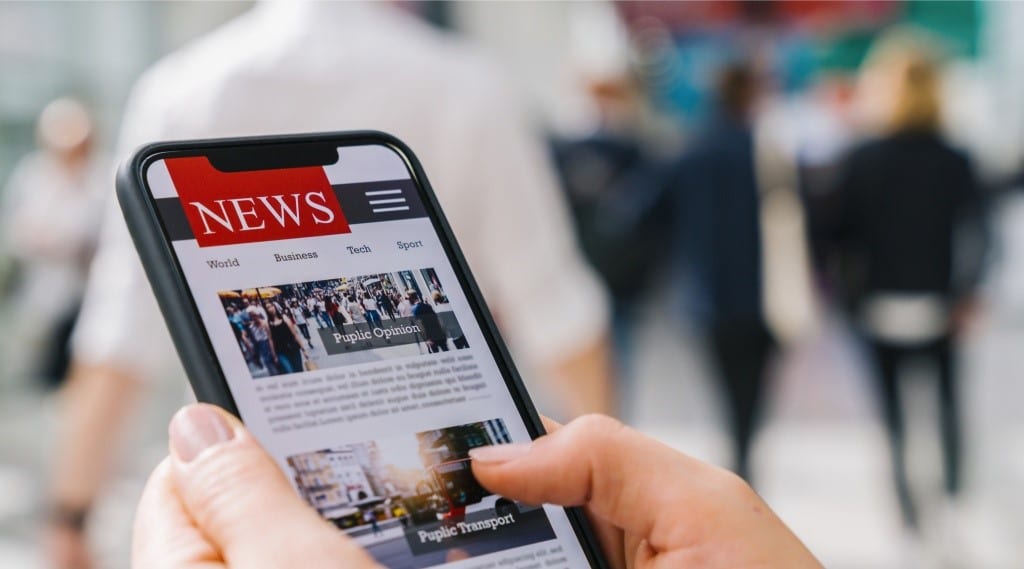
It is even more effective when getting one or two keywords into your header. Web browser spiders are designed to identify such headlines and push them toward the first page of the search engine.
Related Article: How to Post an SEO-Friendly Blog
6. Choose your Content Wisely
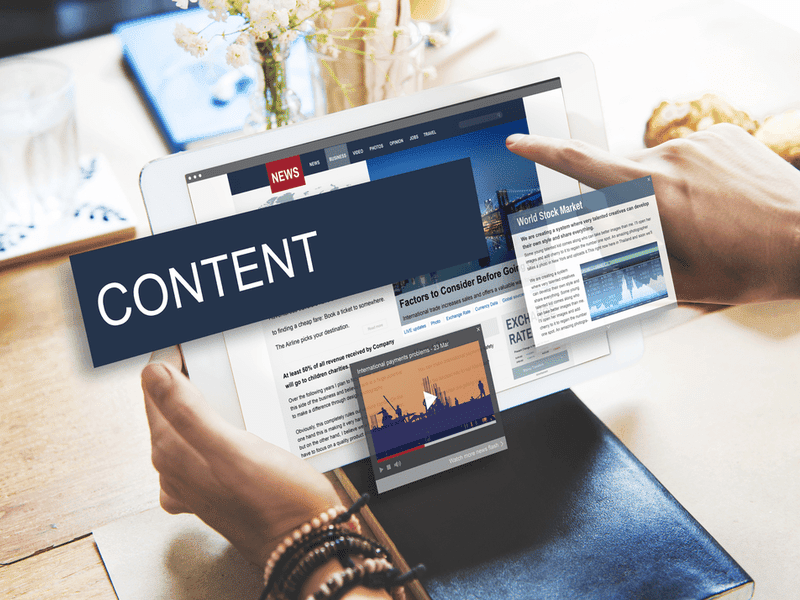
If you find out that all these are not working fine, you can look for synonyms of keywords and fix them in your content. One way to do this is by modifying them, making them bold, or putting them in italics. This will help bots understand what your page is about and fix it in its rightful place.
Lastly, on this point, pay detailed attention to your call to action. Make it convincing to the highest possible degree to attract your target market.
7. Be Mindful of Visually Impaired BOTs
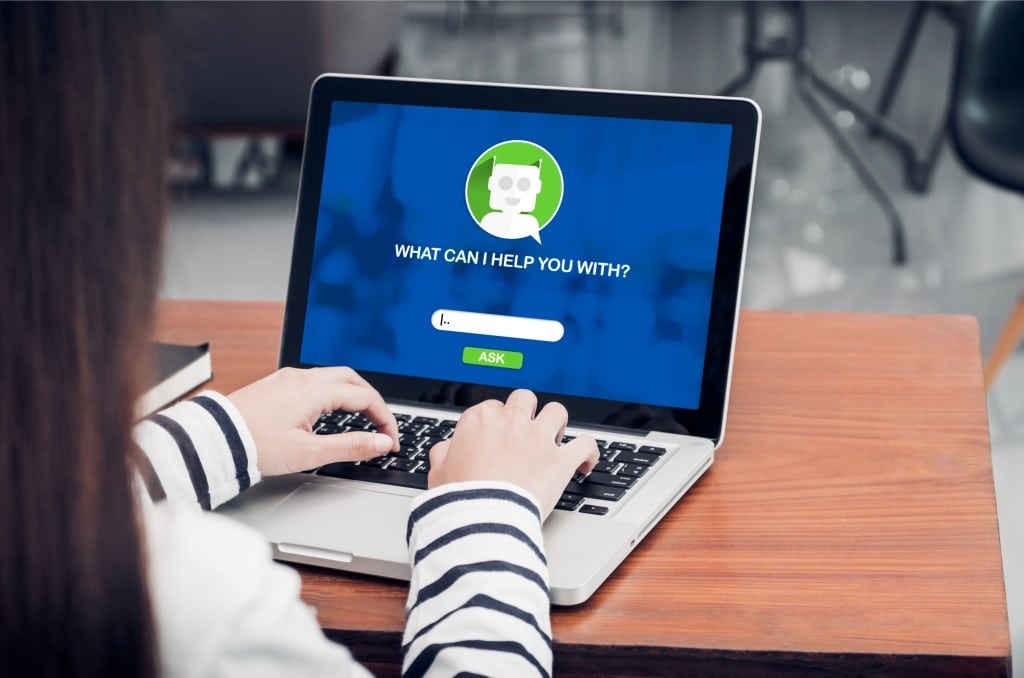
To this end, it is essential that if you use images on your landing page, make sure you complete it with a short description that has the keyword embedded into it.
Related Article: Social Media and Lead Generation – How They Combine
Conclusion
Landing page optimization looks like a big deal. In truth, it is. However, you’ll find it easier when you have the details of what is involved.
Don’t have the time to optimize landing pages? No worries, we got you! LeadAdvisors can help optimize your landing page and help you generate leads up to tenfold! Ready to make your website a lean, mean, high-conversion machine?
Q&As
What is the difference between a website and a landing page?
A landing page is a single page, whereas a website is a collection of landing pages.
What’s the difference between a landing page and a homepage?
There are a few differences between a landing page and a homepage. A landing page is separate from the rest of the website and gets most visitors from ads. The homepage is a base for the website and has different traffic sources.
How many landing pages can I have?
Technically, you can have as many landing pages as you want. The sky’s the limit here. Just be sure only to have the amount you’re willing to track.
Does Google like landing pages?
Google thinks of landing pages as a necessary part of any website. However, Google has specific guidelines on what makes the perfect landing page for them. As long as you adhere to their policies, you should be set!

